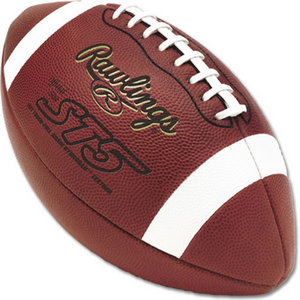If you are planning on getting a snake, you must first have a vivarium, and know how to properly set up that vivarium. Things like decoration will largely depend on your snake, and your budget. Each snake will have its own individual requirements, but there are a few basics that every snake cage must possess.
Heating: A temperature gradient should be provided for the snake, since they are cold blooded, and do not produce their own body heat. A snake will move to the right temperature according to its needs.
To create a temperature gradient, simply make one side of the cage the ‘hot’ side, and the other side the ‘cold’ side. Depending on the type of snake you are getting, the temps could be close to room temperature, or hotter. For example, my ball python has the left side of his cage kept at a comfortable 92 degrees, and the left side of his cage is a nice 83 degrees. When he needs to warm up, he moves to the hot side, and cools down on the left side.
Substrate: A suitable substrate must be provided for in the vivarium. The substrate can be as inexpensive as newspaper, or as expensive as forest bark. The first thing to remember is that both pine and cedar should never be used as a snake substrate. Both are deadly, pine causing lung problems, and cedar oil being toxic.
Newspaper is the cheapest, and the least aesthetically pleasing. Aspen is the preferred choice in bedding, as it is cheap, scentless, and pleasant looking. Forest bark is good for making the humidity increase, but is more expensive. If you snake is a burrowing snake, it is best to provide it with something other than newspaper.
Gauges: Every cage should have a temperature gauge (thermometer) at each end of the cage, approximately 1 inch above the substrate. This is so you can monitor the temperatures at both ends easily. You should also have a hygrometer (humidity meter) to monitor the humidity in the cage. This can be placed on the back wall, somewhere visible.
Digital thermometer/hygrometer combos are the best, as they provide accurate readings, a history log, and probes for monitoring several areas of the cage.
Hides: Snakes are private creatures. They need hiding areas to feel secure. If they are not provided with hiding area’s, they will become stressed, and will stop eating, possibly for a long period of time.
Hides can be as simple as a box with a hole cut in it. The box should be small, so that the snake feels secure, and should have just a small opening. There should be a hide on both sides of the cage. Plants can be provided as additional hiding areas, especially if you have a small snake in a large cage.
Light: Every snake will need light for a photoperiod. If you cage is in a room that gets sunlight daily, than an extra light is not necessary. However, if your cage is in a windowless room, you will need to provide an extra light, assuming your heating bulb is infrared.
The best lights I’ve used are the small ones intended to be mounted below cupboards. The amount of light your snake gets depends on the season, but you should provide it with a minimum of 8 full hours of light. The easiest way to do this is to buy a light timer, and set it to turn on around 7 or 8 AM, and turn off around 10 PM.
Branches: This only applies if your snake is arboreal, or semi-arboreal. In either case, you will need to provide some elements for you snake to climb on. This is important to simulate the natural environment, and to provide exercise so that the snake does not become depressed and/or obese.
Many colubrids and non-arboreal snakes also enjoy having something to climb on, though they may not do it often. One of the easiest and cheapest ways to give a climbing element is to purchase a couple shower rods, and extend them within the cage. This way, they are secure, and can easily be moved to keep the environment interesting.
Water Dish: Every snake needs a water dish. This is very important. Around shedding time, the snake will likely immerge itself within its water dish. It will also use this to drink from, and to cool off in. A water dish also serves to keep the humidity in the cage up.
The water dish should be large enough for the snake to submerge itself in, but does not have to be huge. Be sure to keep it away from any heating pads/UTH, because snakes are usually messing and spill water. If it gets on a UTH, it could cause electrical/shock problems.
There you have it. The basics every snake cage needs. These things are not optional, and should be installed and monitored for a couple of days before introducing a snake to the environment.






